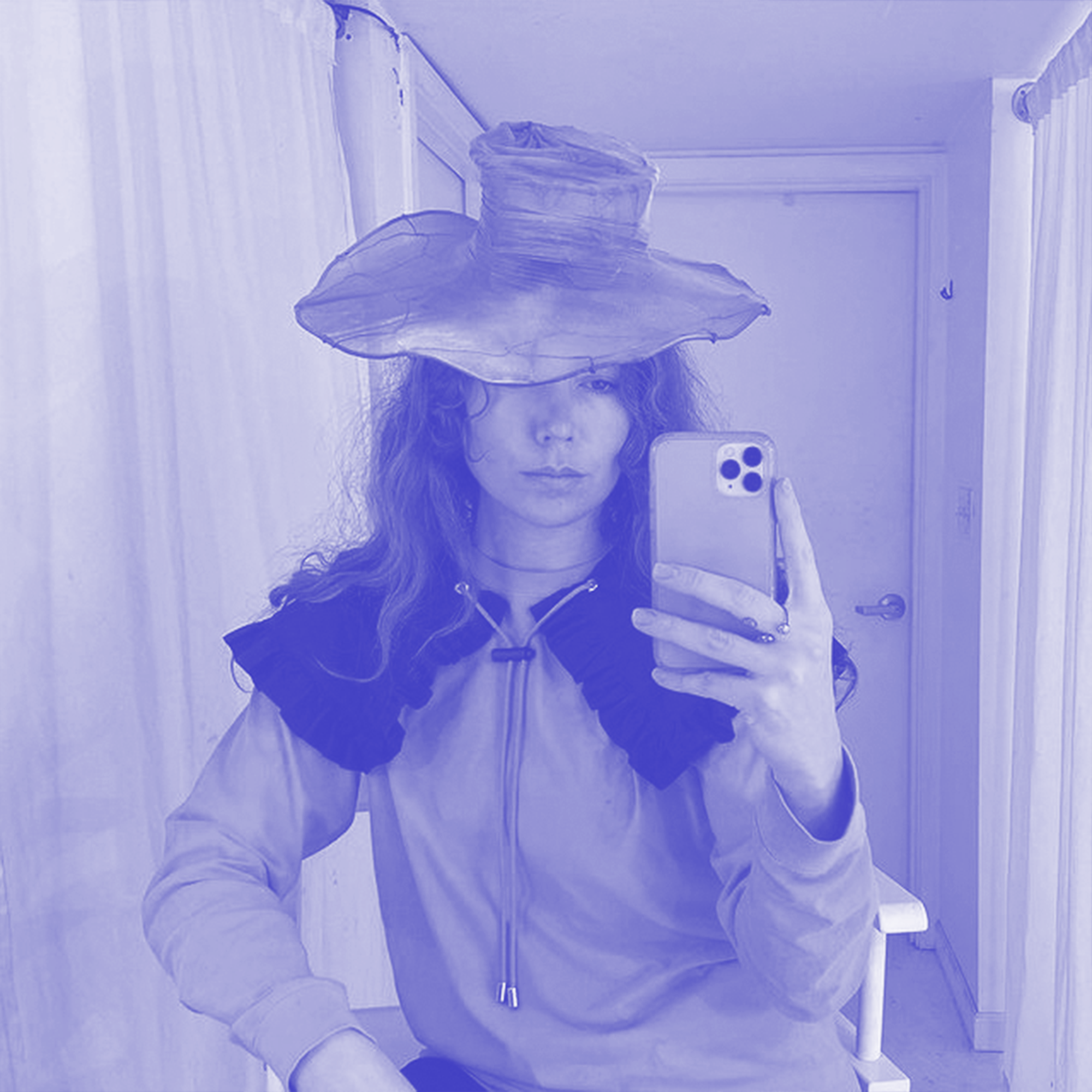CONVERSATION
On the Wire:
January 18th, 2022
Originally published on 5.17.20
By David Eardley
︎Heading into our reboot of the PE newsletter, we wanted to share some of our favorite interviews from its last iteration. This feature, a conversation with artist and designer Lane Walkup, foreshadowed multiple future collaborations, including a jewelry release and a part in the Parallax 101 Exhibition last year. Lane’s delicate-but-strong wire sculptures manage to do the impossible: her work is relevant, warm, and trend-aware without being trend-y.
On top of that, Lane is a fantastic all-around human who shares our community-oriented mindset and often uses her platform to amplify grassroots organizations and fundraising opportunities. We’re excited to see where Lane’s work takes her and for hopefully many more collabroations in the future. Enjoy :)
On the Wire:
An Interview with Artist and Designer Lane Walkup
January 18th, 2022
Originally published on 5.17.20
By David Eardley
︎Heading into our reboot of the PE newsletter, we wanted to share some of our favorite interviews from its last iteration. This feature, a conversation with artist and designer Lane Walkup, foreshadowed multiple future collaborations, including a jewelry release and a part in the Parallax 101 Exhibition last year. Lane’s delicate-but-strong wire sculptures manage to do the impossible: her work is relevant, warm, and trend-aware without being trend-y.
On top of that, Lane is a fantastic all-around human who shares our community-oriented mindset and often uses her platform to amplify grassroots organizations and fundraising opportunities. We’re excited to see where Lane’s work takes her and for hopefully many more collabroations in the future. Enjoy :)
I'd love to hear about your day. What's been going on so far?
I've been having a little bit of a hard time working really consistently, with everything going on. It's just a lot to process and feels heavy. And I don't have my regular joy things that I get to do, to disassociate.
So, I tell myself, “Just get this thing done, and then tomorrow you'll do the next.” I made a mobile, the parts of it. Then my friend who is also in our studio, Heavy Set, has a dog and she was like, "Let's make a crown for my dog—it's her birthday!" So I just made a crown for her dog. That's all I feel like doing right now.
And now I'm here.
What a day!
I know. Sometimes I'm like, "What is my life? This is so weird."
Waking up each day in quarantine, you're like, "What new, strange adventure will come to me today?" Finding joy in that is actually really helpful to me, because those normal whimsical experiences that would come to us from having a really full social life—we have to find those in other ways.
Yes, and I have the things that I make over and over again that can get boring. So having things that I just feel excited about—I have to do that or else [the joy] would just die for me a little bit.
That makes sense.
It's what makes your work so successful. I think that everybody just really appreciates that whimsical nature of it—it feels very unique. It has a very particular profile.
I'm glad it comes off that way, because I try not to think about it too much and just do it, or else I'd be too in my head. That's cool.
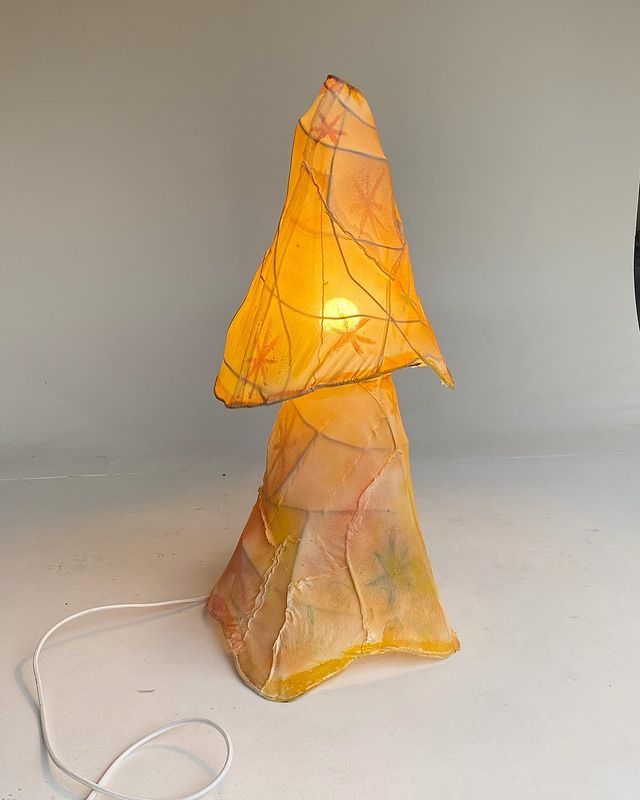
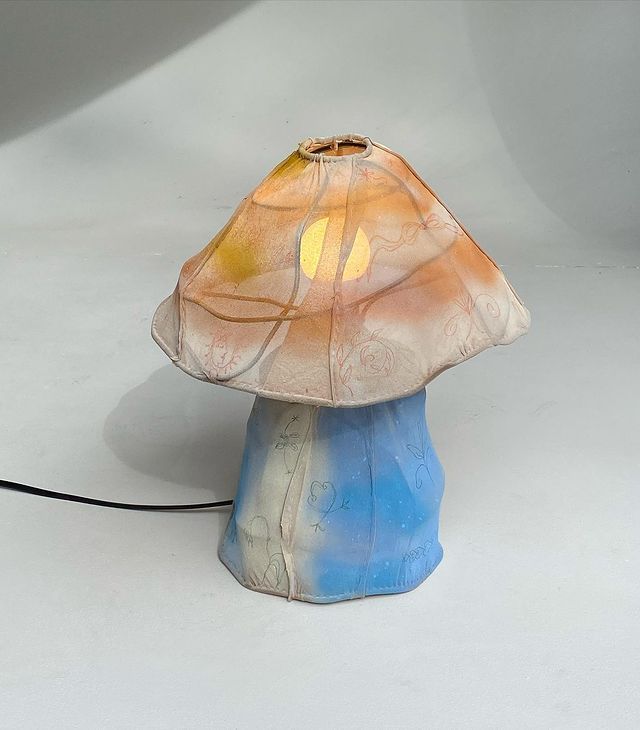
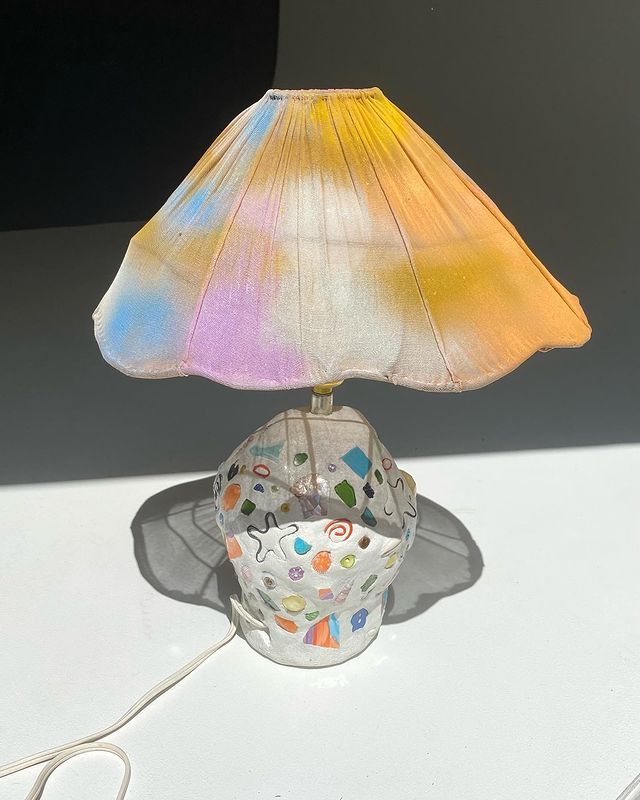
What has been the evolution of your work? Was there any particular iteration of it that was pretty different than it is today?
Oh yes, for sure. I started by blacksmithing!
Wow.
I was making knives, and hooks and stuff. I think eight or nine years ago I was over a forge, really into Game of Thrones stuff, so it's real different now. [laughs]
Oh wow, so yes. So it's from the macro to the micro.
It seems much more delicate, what you’re doing now, but there's also that construction element. You must have to be really precise with the type of work you make now.
Absolutely. Back then I was in the South, I was feeling like, "I can do this. I'm a woman blacksmithing." And now I don't feel like I have anything to prove. So now it's way more feminine and different than it used to be.
I love learning new trades and I'm bad about keeping up with them. I usually give them up. I'm like, "I learned it. Okay, I'm done." It’s interesting to hear about your background, because the journey is part of the story too, which I think is really special.
How do you describe your work to people when they ask you exactly what it is? How do you pitch it to people?
I have such a hard time when people ask what I do for a living, because I worked a part-time job forever—I was a barista for almost five years. Now for two and a half years, I've worked for myself and people are like, "So what are you doing?" And I'm like, I make sculptures, I guess? So I usually say, "Illustrative, 3D drawings."

It's hard to describe your work, because when you describe it, you define it and package it up. It’s always changing; and as long as I keep evolving, I’m going to keep making work. And then when I'm really done with it, I'll probably try to find something new to do with my life. For now, it's just very illustrative work, real sculptural.
What interested me is that a lot of the pieces are like descriptions of everyday objects. I think that we're very much living in a time where there are beautiful everyday objects on the market and people are often filling their homes with very literal, beautiful everyday objects, but your work is almost a metaphor for the everyday.
Right, exactly. Yes. Which is weird because I didn't even really think about that. It's almost like when I make something, I just have a thread I follow.
Then people tell me something like what you said and I'm like, "Oh, you're totally right. That is how it is." But it's not preconceived, I guess. It's weird.
What process do you follow? Like when you made the crown today, is there a certain process you follow for each piece or is it just singular to each one?
It's pretty singular. It's interesting to see what comes up, because I'll think of something and then automatically have an idea of what it looks like in my head. Then sometimes I'll draw it out.
For instance, with a chair that I made, I needed to know what it would look like, with certain lines in certain places. So those kinds of designs might be a little bit more thought out, just for the build, but usually it just happens as I'm making it. It changes and molds a little bit and I'll sit and look at it. And if I like it, I will move forward with the part.
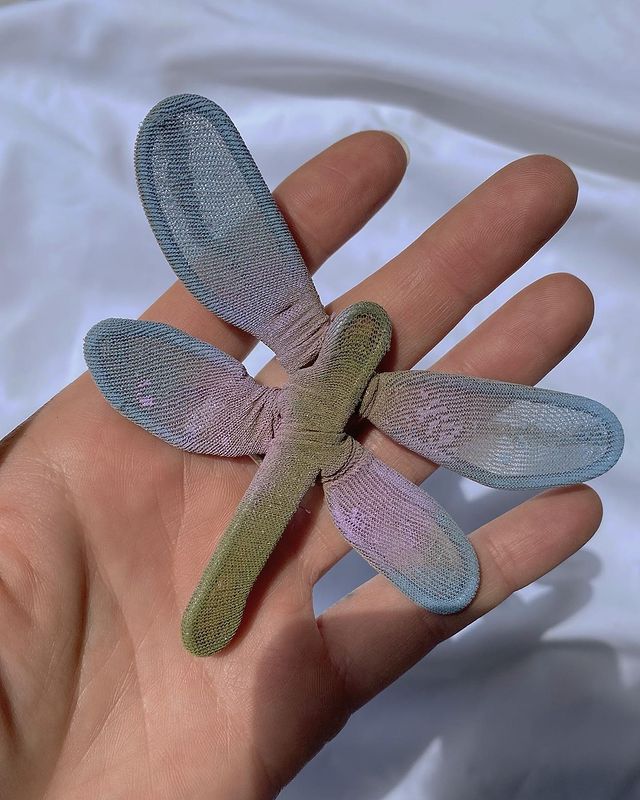
But it's pretty loose—I'm not really into the structure. Even remaking certain pieces, like I have for sale on my site, none of them ever turn out the same.
How did you get into making the pieces that have the gauze or the hose stretched over them?
That's a really old fad, from the seventies or something—stretching pantyhose over wire—but it didn't look anything like what I'm doing. You would see it in an Easter basket, you know what I mean? I love it. It's real tiny wire, usually, and the flowers were detailed. You can go on Pinterest and do a pantyhose flower, DIY your own.
That's always been in the back of my head. My grandma sold seashells at the beach when I was young. I feel like it really informed a lot of what I'm into now because she always had these really gross, terrible, horrible things that you find at the beach in North Carolina, like puppies in a basket made of seashells. There was one basket with those flowers and I think that's where it came from. Just remembering that.
Since I grew up in the tropics, I have a soft spot for kitschy shell art.
Exactly, yes. People love that shit.
So iconic.
My grandma always let me pick out one thing when I came to visit and I chose one of those baskets, full of flowers and a puppy.
When I saw the chair you made, it really reminded me of Do-ho Suh’s work.
Someone told me that once!
Not at all identical, but just the spirit of it—making a shadow of something.
Yes, that's so cool. Because I didn't go to school for art, so I'm not super well rehearsed in artists’ names. I looked it up and I was like, "Oh my God, totally."
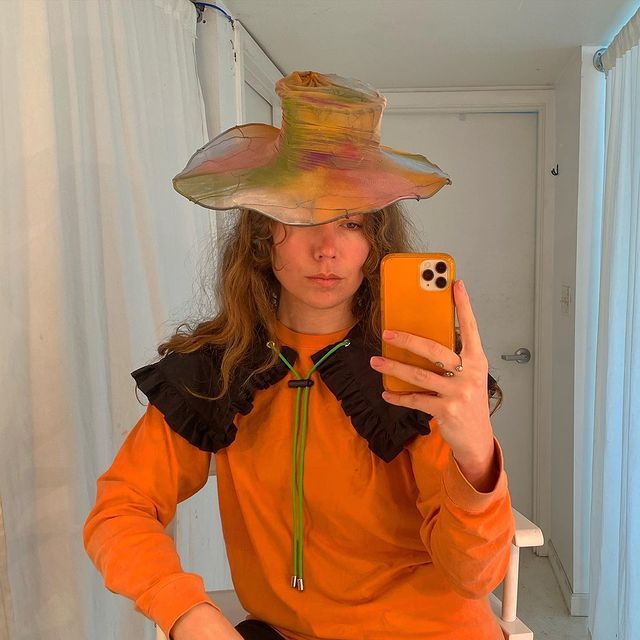
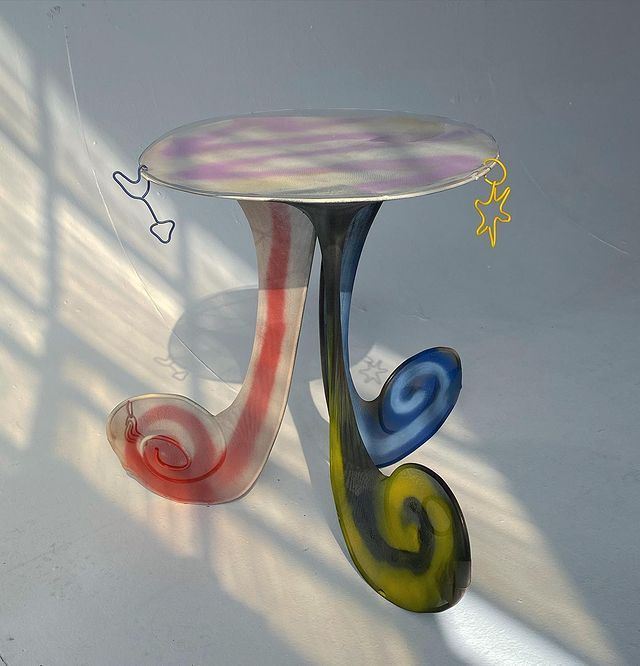
I made this set, with a couch, a chair and a table, and a framed piece in the background. I think it's the same idea, of taking the ordinary and transforming it.
Why do you think you're so drawn to these everyday objects?
I'm not a real abstract artist, you know what I mean? I guess that’s where I'm pulling from. When something looks like there's magic to it, like it's fantasy—I'm super into that. It's like an alternate world or reality.
It's also like a common language, creating work that everybody can see themselves in. People feel connected to it.
I love that. I hope I can keep doing something that people can connect to.︎
More of Lane Walkup at lanewalkup.com and @earthtolane.


